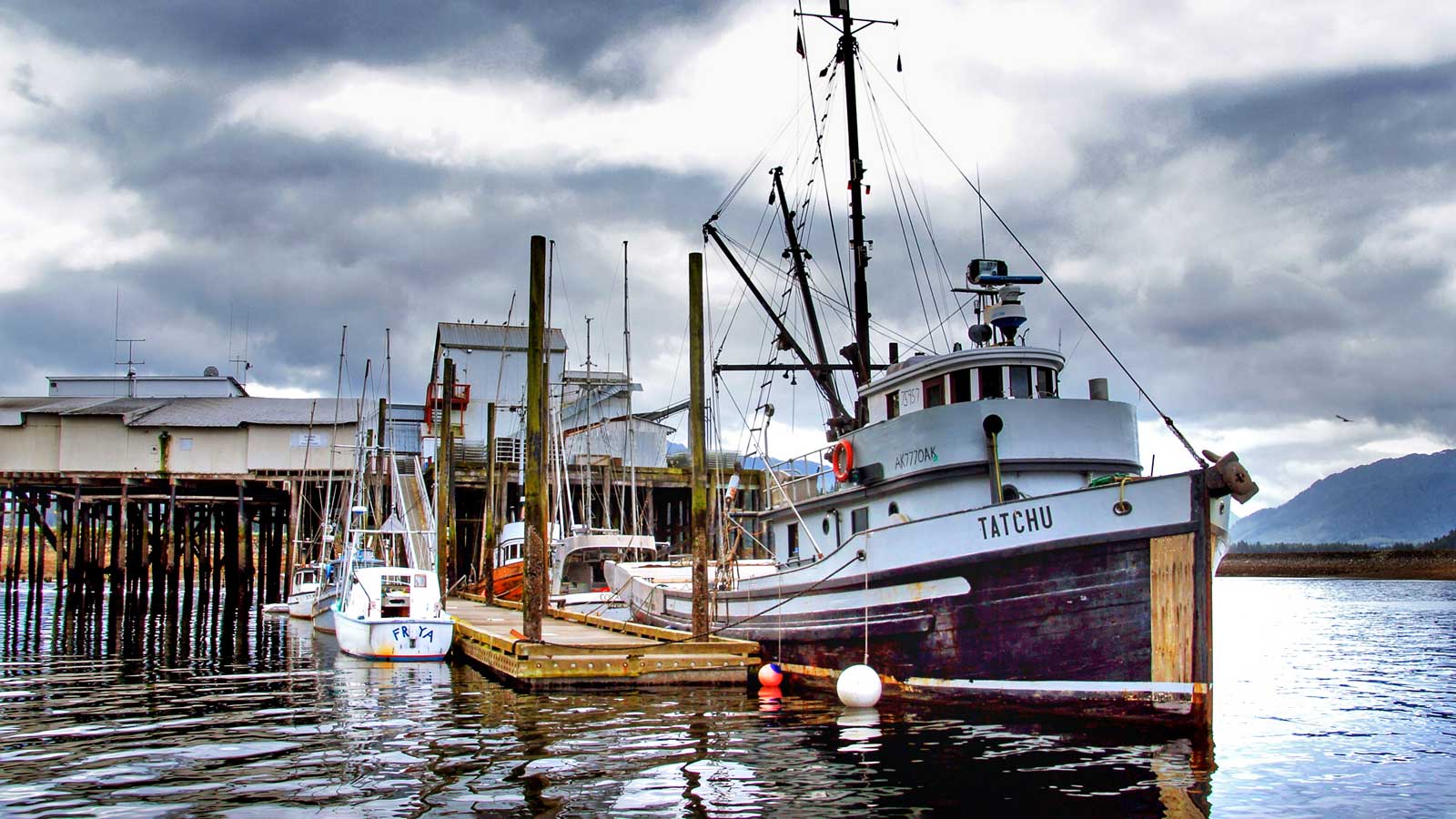Global warming is bringing rapid change to Alaska. Glaciers are melting, sea ice is receding, and stream temperatures are rising.
“And the people of Alaska, especially Alaska Natives, this land is their livelihood. It is their lifestyle. It is their culture,” says Nyssa Russell of the Northern Latitudes Partnerships.
The group is working with the Aleut Community of Saint Paul Island to expand the Indigenous Sentinels Network — an effort to monitor changing conditions in the state.
“Alaska is huge, and there is a need to have that local data and observations from these rural areas that are just vastly underserved,” she says.
The project provides people in remote communities with training and tools to record coastal erosion rates, when sea ice melts, or other data of interest.
Participants enter their observations in a smartphone app. It works offline and then syncs to an online database when cell service is available.
Tribes can use the data they collect to better manage natural resources as the climate warms. And they can share it with others, like state or federal biologists.
“Working with western science and traditional knowledge, those together can really create a powerful means to manage lands and waters of Alaska,” Russell says.
Reporting credit: ChavoBart Digital Media
Source link


